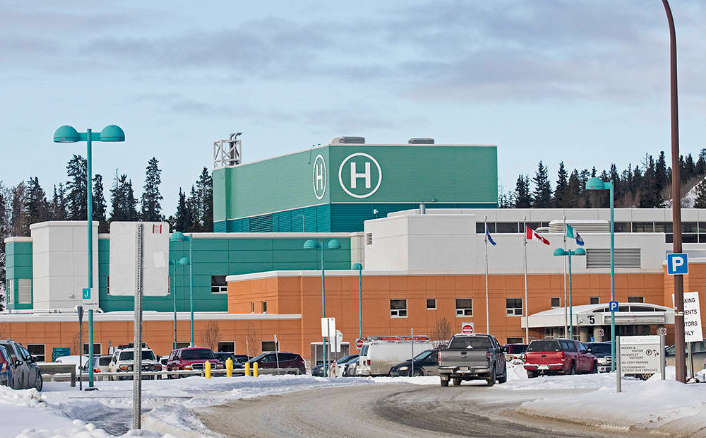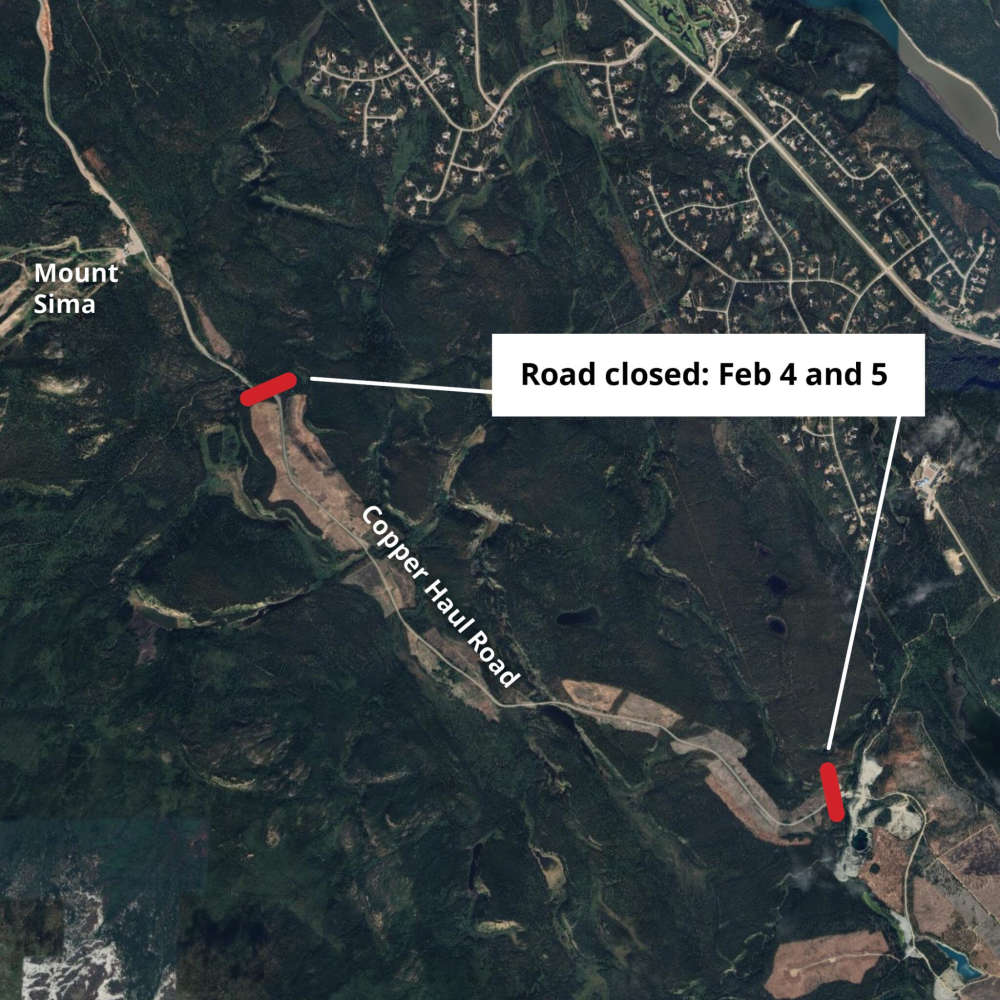
The new battery is a critical investment in Yukon Energy’s ability to meet growing demands for electricity and securing Yukon’s energy future. As an isolated grid, one of the largest challenges Yukon Energy faces is meeting peak demands for power during winter months.
Yukon Energy reached a critical milestone in its efforts to build a grid-scale battery in Whitehorse by making two major announcements about the project today. Once completed, the 7 megawatt/40 megawatt-hour battery will be the largest grid-connected battery in the North, and one of the largest in Canada.
The first announcement – Yukon Energy has issued the first stage of a two-stage competitive procurement process for a battery vendor for the grid-scale energy storage project.
In Stage 1, vendors are being asked to submit a proposal demonstrating their technical capability, experience and corporate capacity to deliver a battery designed to meet Yukon Energy’s operational requirements and Yukon’s northern climate. Qualified vendors chosen in Stage 1 of the process will be invited to submit a proposal in Stage 2, which will evaluate vendors based on technical specifications, price, First Nations benefits and other components.
Yukon Energy’s Request for Proposals (RFP) can be viewed at yukonenergy.ca and merx.com. The RFP closes at 2:00 p.m. Yukon Standard Time on February 15, 2021.
Today’s second announcement – Yukon Energy has eliminated the site beside its Takhini substation on the North Klondike Highway from consideration as a potential location for the battery. The decision to remove the site was made after nearly 60 per cent of public comments received by the Corporation about the project this past fall were in opposition to the site on the North Klondike Highway being considered as a possible location for the battery.
Three different sites were originally proposed by Yukon Energy as potential locations for the battery – two in Whitehorse near Yukon Energy’s operations on Robert Service Way and one on the North Klondike Highway. All three potential sites are First Nations Settlement Land and located on the overlapping Traditional Territories of the Kwanlin Dün First Nation and Ta’an Kwäch’än Council.
Earlier this year, Yukon Energy and representatives from the Kwanlin Dün First Nation and Ta’an Kwäch’än Council developed a Project Steering Committee to evaluate site options. Public feedback about the battery storage project was collected during a series of open houses in September and through discussions with property owners near each of the three proposed sites.
A What We Heard Report outlining key themes and findings from those engagement sessions has been posted on Yukon Energy’s website, yukonenergy.ca. A final site for the battery is expected to be announced once lease terms have been finalized.
“It feels great to reach this critical milestone. We knew when we started this project that the most difficult and time-consuming part of it would be sourcing the right kind of battery for our unique needs and climate. Issuing this RFP now sets us up to have the battery installed and in service by the end of 2022 like we always planned.” Andrew Hall, President & CEO of Yukon Energy
The new battery is a critical investment in Yukon Energy’s ability to meet growing demands for electricity and securing Yukon’s energy future. As an isolated grid, one of the largest challenges Yukon Energy faces is meeting peak demands for power during winter months.
The battery will store excess electricity generated during off-peak periods and provide Yukoners with access to more power during peak periods, reducing the amount of diesel needed at that time. Over the 20-year life of the project, the new battery is expected to reduce carbon emissions in Yukon by more than 20,000 tonnes.
On September 5, 2019, the Government of Canada announced $16.5 million in funding for the battery through the Green Infrastructure Stream (GIS) of the Investing in Canada infrastructure plan. Yukon Energy’s investment in the battery is expected to be between $10 and $13.5 million.
The battery is scheduled to be installed and in service by the end of 2022.



 Kwanlin Dün First Nation celebrates 20th Anniversary of Final Agreement
Kwanlin Dün First Nation celebrates 20th Anniversary of Final Agreement
 Yukon RCMP Traffic Services are investigating a collision between a police vehicle and a cyclist
Yukon RCMP Traffic Services are investigating a collision between a police vehicle and a cyclist
 Former teacher calls out education minister for inaction
Former teacher calls out education minister for inaction
 Yukon RCMP issue arrest warrant
Yukon RCMP issue arrest warrant
 Yukon Native Hockey Tournament kicks off its 45th anniversary with more teams than ever before
Yukon Native Hockey Tournament kicks off its 45th anniversary with more teams than ever before
 Whitehorse RCMP search for missing man
Whitehorse RCMP search for missing man
 B.C. man, two Watson Lake residents arrested on warrants in Whitehorse
B.C. man, two Watson Lake residents arrested on warrants in Whitehorse
 Ross River RCMP arrest two men in separate, unrelated investigations involving stolen rifles
Ross River RCMP arrest two men in separate, unrelated investigations involving stolen rifles
 Medical Staff Association president raise "significant concerns" surrounding acute care at Whitehorse General
Medical Staff Association president raise "significant concerns" surrounding acute care at Whitehorse General
 Whitehorse count indicates 83 per cent of homeless in 2024 were Indigenous
Whitehorse count indicates 83 per cent of homeless in 2024 were Indigenous
 Whitehorse RCMP seek public's help in locating missing 73-year-old man
Whitehorse RCMP seek public's help in locating missing 73-year-old man
 CYFN opens new wellness centre in Whistle Bend
CYFN opens new wellness centre in Whistle Bend
 'Old Crow a Philosophy' makes global premiere at YAC
'Old Crow a Philosophy' makes global premiere at YAC
 Yukon First Nations Culture and Tourism Association cancels events for 2025, including Adäka Festival
Yukon First Nations Culture and Tourism Association cancels events for 2025, including Adäka Festival
 Whitehorse residents and Yukon NDP speak out against a proposed transit fare hike
Whitehorse residents and Yukon NDP speak out against a proposed transit fare hike
 Diane Strand wins Haines Junction mayoral byelection
Diane Strand wins Haines Junction mayoral byelection
 Copper Haul Road closure announced for bridge repairs
Copper Haul Road closure announced for bridge repairs
 Yukon Government and Canadian Government partner to boost local businesses
Yukon Government and Canadian Government partner to boost local businesses